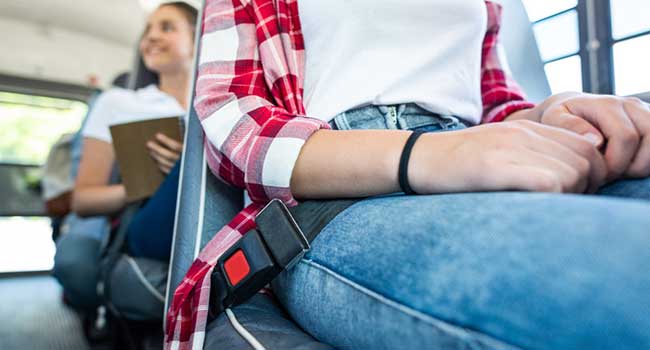
Ohio School District Strives for Safety through School Bus Seat Belts
Two new buses might not seem exciting to some, but Avon Lake Schools’ new buses are special — they have added safety features including over-the-shoulder seat belts, disc brakes, a rearview camera, and a tank that runs on gasoline.
- By Kaitlyn DeHaven
- July 09, 2019
Avon Lake Schools acquired two new school buses this past week to replace two retiring buses. While this might be usual protocol, these buses are special — they have added safety features, including lap-shoulder safety belts.
The new buses are two out of 34 buses the district owns, and are part of a pilot program called the 2019-2020 school year “Seat Belt Pilot Program.” This program is reviewing the use of buses with seat belts in Ohio, according to Bob Scott, the district superintendent.
“Buses are safe, that’s why you take kids back and forth to school in buses, it’s some of the safest forms of transportation there is. The seat belts just add another layer,” Scott said. “We know that if there is a weakness, it’s a side impact or a rollover that the compartmentalization of buses can’t take care of. So, this is a chance for us to take care of and do our own research.”
The Avon Lake School Board of Education approved the purchase of the buses in February, with each bus costing about $92,000.
In addition to the seatbelts, the buses also use gasoline instead of diesel. This will make the bus cheaper to maintain and will make it easier to find fuel while traveling.
These buses also have disc brakes instead of hydraulic brakes, which provide better stopping power, and have a built-in camera with a microphone in the rear of the bus to give drivers a better view behind the bus.
Each seat has three over-the-shoulder seat belts and will comfortably fit three smaller children, or two older children.
About the Author
Kaitlyn DeHaven is the Associate Content Editor for the Infrastructure Solutions Group at 1105 Media.